What we can learn from aging infrastructure
Deltares and TNO conducted forensic research during the demolition of the nearly seventy-year-old Roggebot lock between the Drontermeer and Vossemeer lakes. This opportunity arose while its work has recently been taken over by the Reeve lock. This research resulted in surprising insights into factors that determine the lifespan of water-based infrastructure.


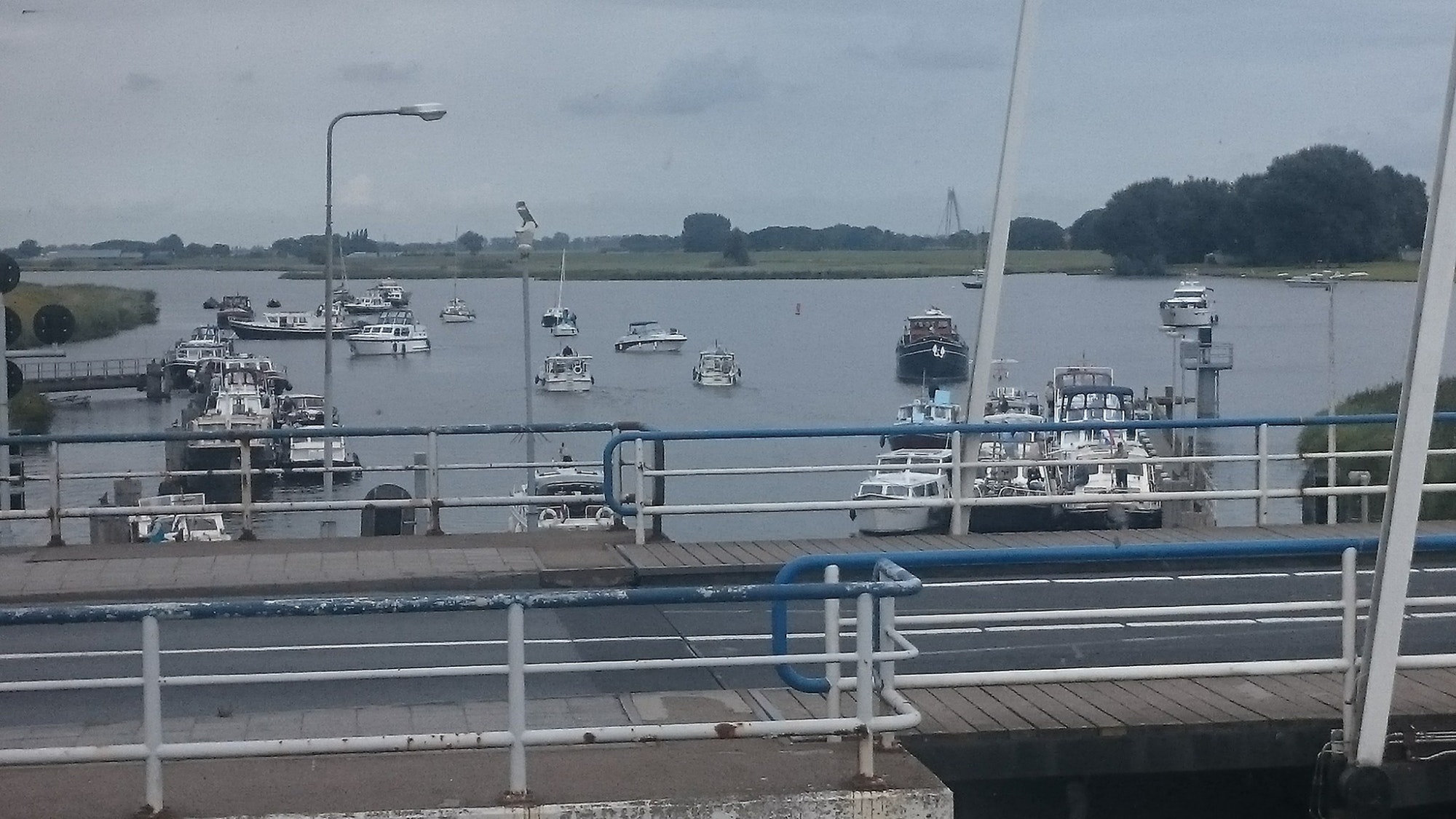

Hydraulic structures (locks, sluices, weirs, pumping stations, sheet piling walls and storm surge barriers) are built with an expected lifespan of up to a century. Some of these structures will require renovation or replacement in the not too distant future. In the Dutch Knowledge program on Hydraulic Structures, Rijkswaterstaat and knowledge institutes address the question of when a civil structure has reached the end of its lifecycle and needs to be renovated or replaced. The program was established to share the developed knowledge with other infrastructure managers working for organisations such as municipal, provincial and water authorities, engineering firms and contractors.
Roggebot lock: 68 years in operation
The demolition of the Roggebot lock between the Drontermeer and Vossemeer lakes, which had been in operation for 68 years, began on 1 April 2023. In the summer, as many as 500 to 600 leisure boats used it daily. The Roggebot lock was one of the first locks with stewards to guide them through. It has now been replaced by the new Reeve Lock. As a result, road traffic between Kampen and Dronten will be affected less by the raising of the bridge because the headway has been increased to seven metres.

The investigated anchor rods after they had been excavated.
‘As an asset manager of water infrastructure, you want to know as precisely as possible when your lock or weir is no longer up to the job,’ says Joost Breedeveld of Deltares. ‘Structural components get weaker over time. Concrete starts to disintegrate, steel corrodes and wooden parts rot. You can fix a lot with maintenance work, but there comes a point when that is no longer enough to keep a lock in operation. In this research, we want to better determine the lifespan of hydraulic structures, which options are available after that point and what the economic consequences are.’
Liever een groene dijk dan een lap asfalt
Barry Ros is projectleider van Wetterskip Fryslân, dat wil onderzoeken hoe natuurlijke maatregelen kunnen helpen bij toekomstbestendige dijken.
Hoe zien die Friese kwelders eruit?
‘Bij veel dijken in Friesland liggen kwelders en zomerpolders (het deel van de kwelder dat gebruikt wordt voor beweiding van koeien, schapen of paarden). Dit voorland strekt zich soms uit tot enkele kilometers. Het blauwgrijze gras dat er groeit heet zeekweek. Dit onderzoek naar deze kweldervegetatie is nieuw voor ons, wij hebben vooral ervaring met onderzoek naar de dijksterktes.’
Hoe liggen de dijken in het noorden erbij?
‘Een deel van de dijken met harde bekledingen voldoet niet meer aan huidige normen, die in 2017 zijn aangescherpt. Vaak zijn bij die dijken in de jaren zeventig asfaltbekleding aangebracht, die niet meer voldoen aan de huidige eisen We zijn druk bezig met de uitvoering van het Hoogwaterbeschermingsprogramma, waarbij we ‘harde’ met ‘zachte’ maatregelen voor dijkversterking combineren.’
Waarom zetten jullie in op natuurlijke maatregelen?
‘Als uit het onderzoek naar voren komt dat het kweldergras een dempende werking heeft op de golven, kunnen we ontwerpen aanpassen naar duurzamere dijken die minder ruimte innemen of waar we minder klei, asfalt en beton in hoeven te verwerken. Daarnaast willen we de natuurwaarden versterken en biodiversiteit verbeteren. En het oog wil ook wat. Een groene dijk heeft een mooier uiterlijk in het kwelderlandschap dan een lap asfalt.’
Wat gaat het Wetterskip met de resultaten doen?
‘We verwachten deze zomer de eerste handreikingen te krijgen die we kunnen meenemen in het ontwerp en de uitwerking van onze toekomstige dijken. Als het kweldergras 10 tot 15 procent reducerend effect heeft op de golfbelasting, is dat best een goed resultaat met een significant effect op de versterkingsopgave.’
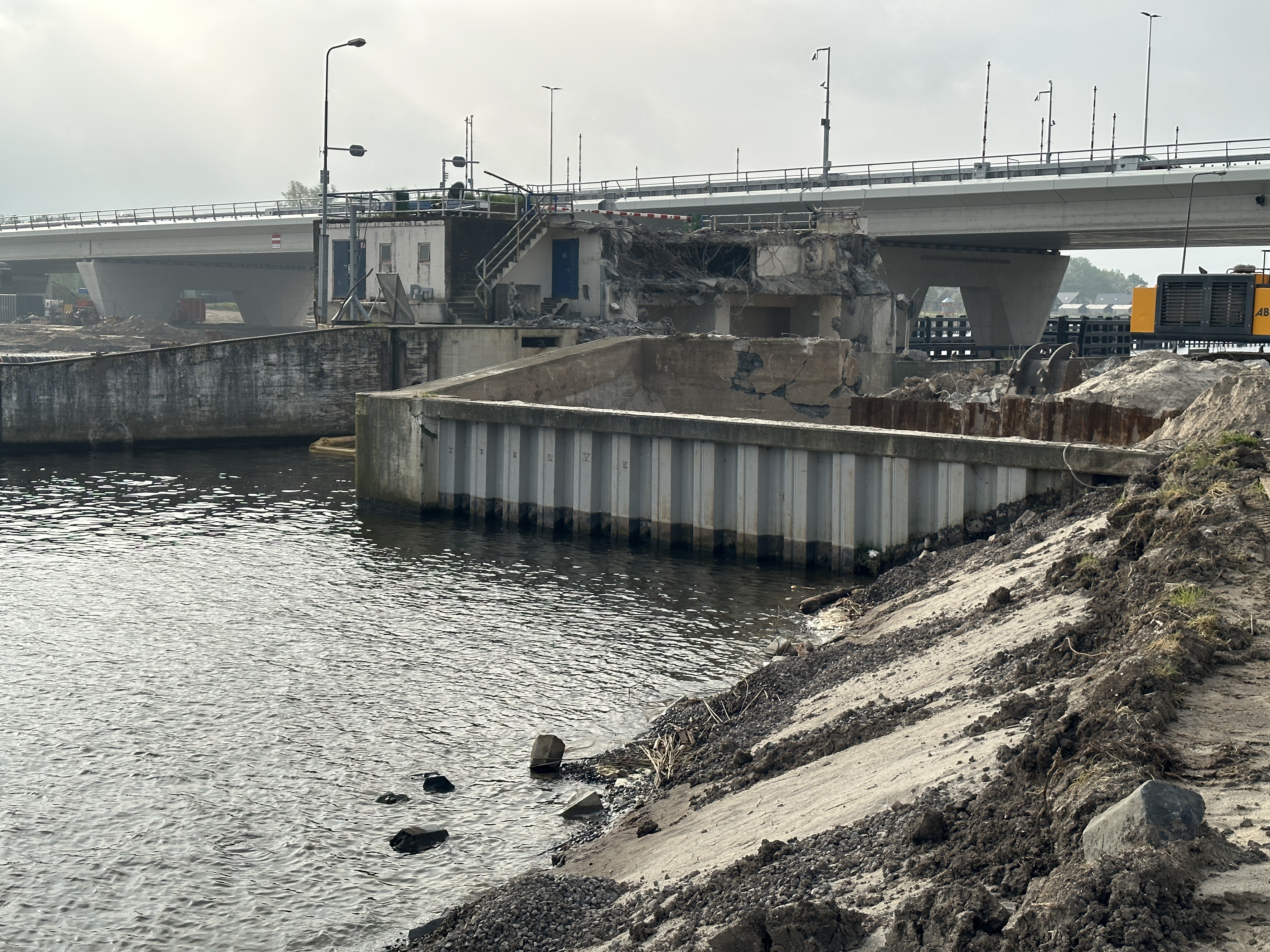

View of the demolition of the Roggebot lock, including (in front) the investigated retaining structure
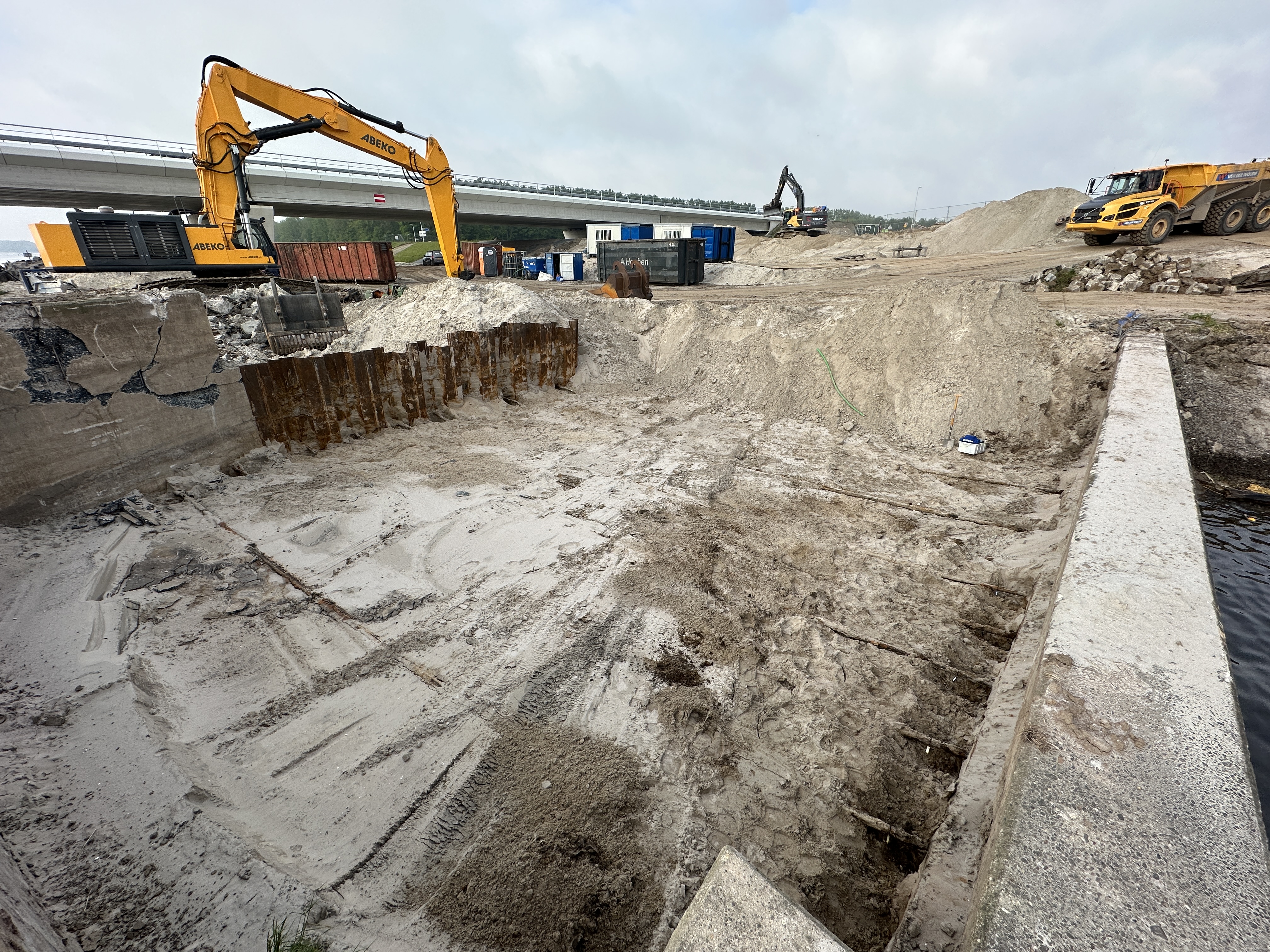

View of the demolition of the Roggebot lock, including (in front) the investigated retaining structure
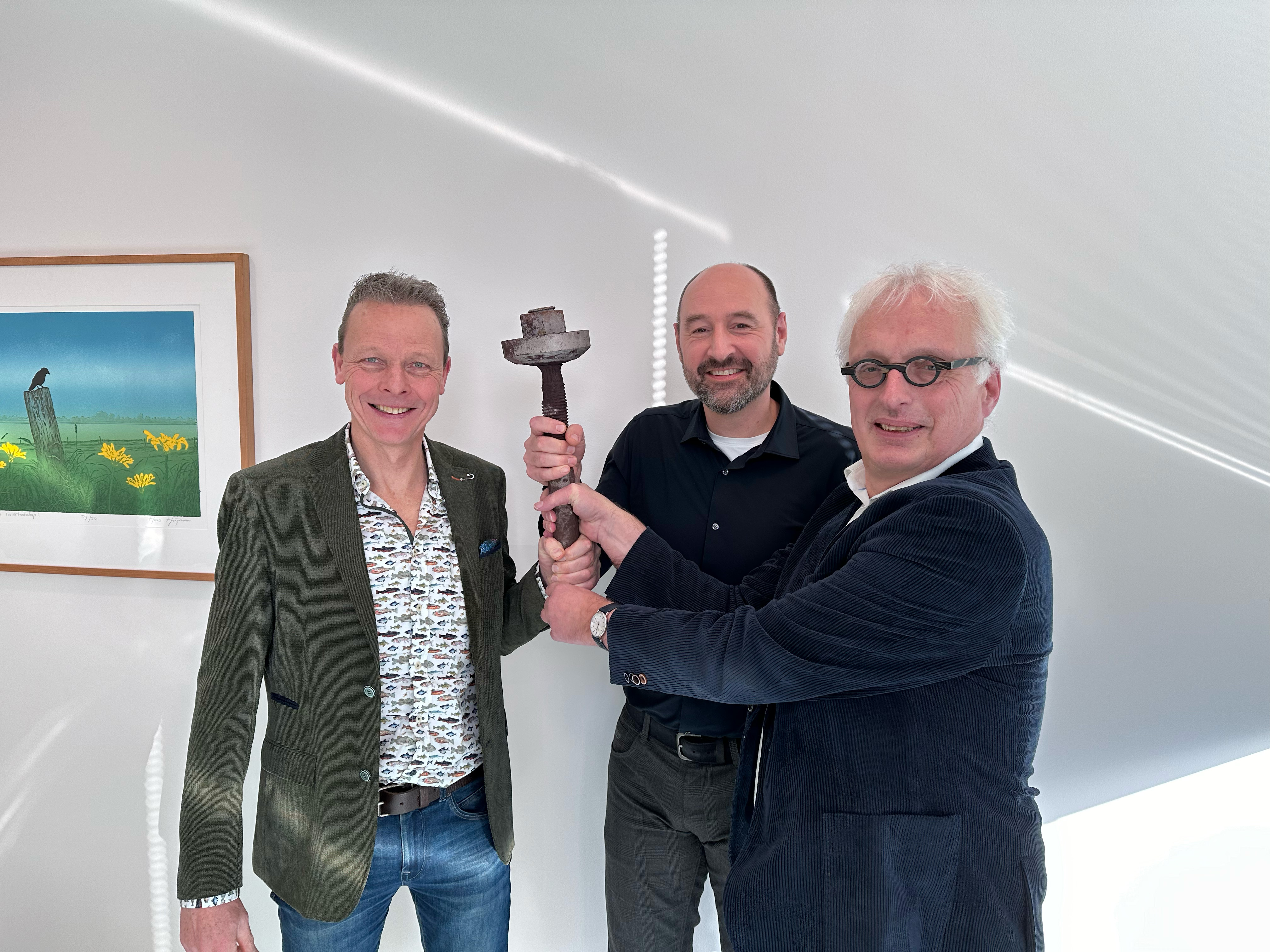

From left to right: research partners Albert Barneveld (Rijkswaterstaat), Joost Breedeveld (Deltares) and Ad van ‘t Zelfde (TNO)
Inspection techniques
When the Roggebot lock was scheduled for demolition in 2022, this represented an excellent opportunity to learn more. TNO, Deltares and Rijkswaterstaat got together to combine the dismantling of the lock with forensic research. ‘During the demolition of the lock, we have conducted a range of measurements and, thereby, learned how we can improve our current technical lifespan models and inspection techniques. So that we can determine more accurately how long infrastructure lasts,’ says Albert Barneveld of Rijkswaterstaat. ‘You can inspect a bridge from every side. The complex thing with hydraulic infrastructure is that parts of the civil engineering structure are underground and/or in the water, making it more difficult to access them for inspection and investigation. Now that we were able to take out structural parts of the lock, we could actually see what was happening in these hard-to-reach spots.’

Albert Barneveld
Consultant for asset management at Rijkswaterstaat
Demolition contractor
Preparations for the study began a year before the demolition. A longlist of ideas was drawn up for the measurements to be potentially performed, focusing on the civil engineering structure and moving parts. The client’s requirements and specifications for the study were given to the demolition contractor. When demolition began, everyone involved had specialists and facilities on hand. ‘It was a huge logistical operation,’ says Barneveld.

Ad van ’t Zelfde
Senior project manager at TNO
Deltares conducted hydraulic and geotechnical research; TNO inspected the lock’s structure. ‘Steel, concrete and wood are our areas of expertise,’ says Ad van ’t Zelfde of TNO. ‘For example, we inspected the concrete to see what it looked like after being seventy years in use. We investigated the extent of degradation due to the corrosion of the sheet piles. And we secured the steel drive mechanisms of the lock gates for further examination.’
What is the lifespan?
Each water-infrastructure component has a specific technical lifespan:
Foundations: 80-100 years
Structure: 50-70 years
Movable parts: 30 years
Control/operation/monitoring: 10-15 years

One of the focuses of the Deltares research was on the sheet piling. Breedeveld: ‘And particularly on the anchoring of the sheet piling, which holds the retaining structure in place. Those anchors are difficult to inspect during regular maintenance work. We removed them during the demolition process, took them to our lab, made 3D scans of them and measured the extent to which they were corroded.’
Reliable
In addition to better lifespan predictions, the research results led to more knowledge about underpinning possible replacement and renovation options. The associated investments are often considerable. So managers have to provide grounds and justification for these investments as far as is possible. Van ’t Zelfde: ‘The more factual knowledge we can input into the models, the better we can predict the lifespan of infrastructure and the funding we need to earmark over time. By conducting real measurements in the field, we can (in the end) make more reliable decisions.’
About the knowledge programme
The Knowledge program on Hydraulic Structures was established to make more knowledge available to asset managers for better informed decision-making on investments about replacement or renovation. The alliance focuses on the work that Rijkswaterstaat needs to do in their water infrastructure networks.
The research at the Roggebot lock has now been completed, but studies may be conducted more frequently during future demolition operations. ‘There is still enough to research. The contractor cooperated well but they couldn’t manage everything because of contract requirements, lack of time or budget constraints,’ says Ad van ’t Zelfde. Not all the ideas were feasible either. Joost Breedeveld: ‘We would have liked to study the entire foundations of the lock or the scour protection in the lock’s outer basins. That wasn’t practically possible, or it wasn’t representative for other locks.’ The knowledge program hopes that this research will raise awareness among other asset managers such as water authorities. ‘They have a lot of small structures that might be scheduled for demolition,’ concludes Breedeveld.


View on the excavated site at the Roggebot lock, with the removed anchor rods in front
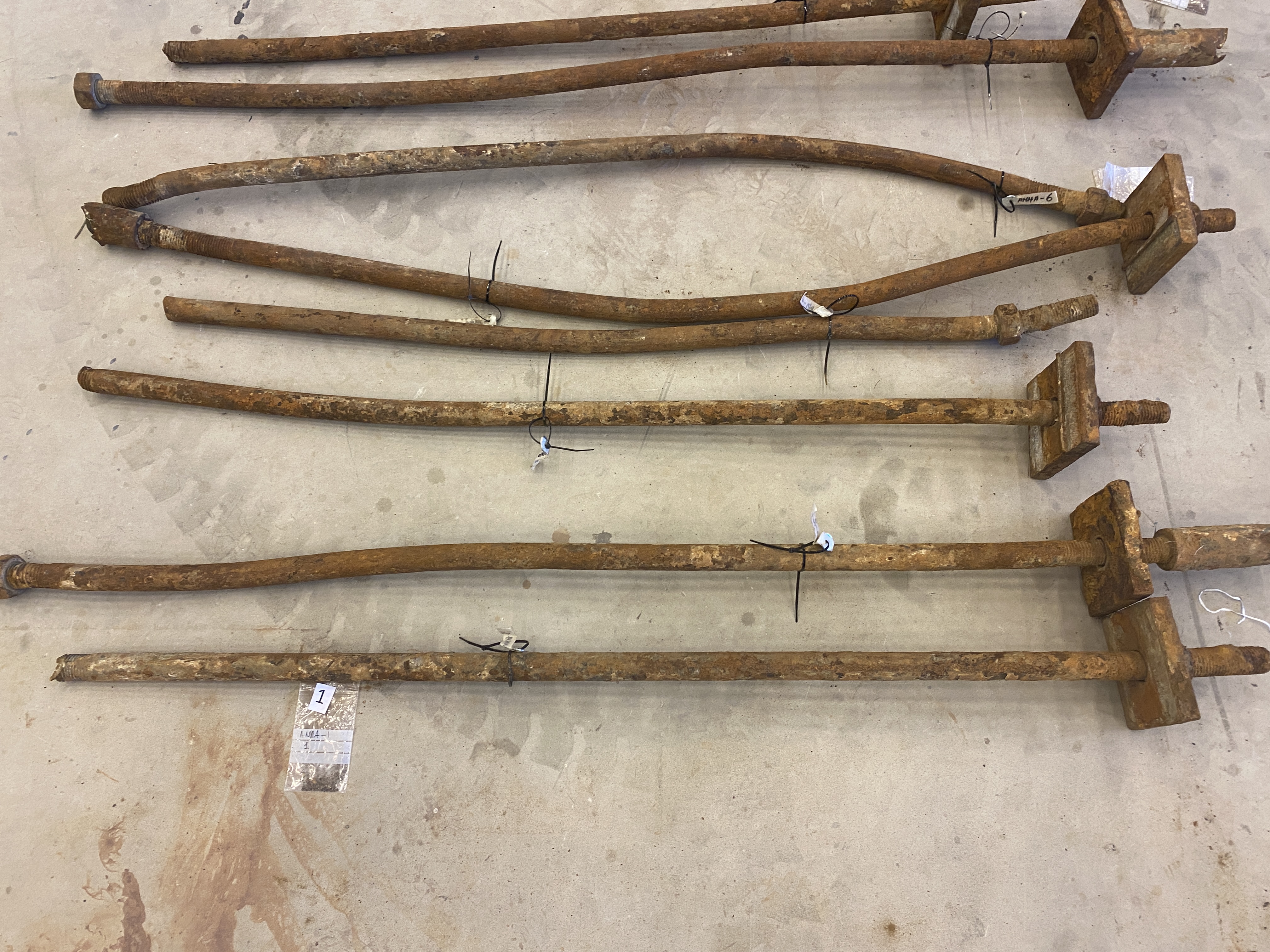

This is how the parts of an anchor rods with which they are attached to the wall look after 70 years of service life


Detail of corroded part of an anchor rod
RWS manages some 800 kilometres of steel sheet piling. Many of these, for example at locks and weirs, are held in place with anchors. The photo shows an anchor of a sheet pile that has been corroded. This degradation led to parts where the rod’s diameter is reduced, reducing the tensile strength of that anchor. The local corrosion of material results in ‘necking’. When the necking reaches a certain point, the anchor can snap and the other sheet pile anchors have to take up the slack.

